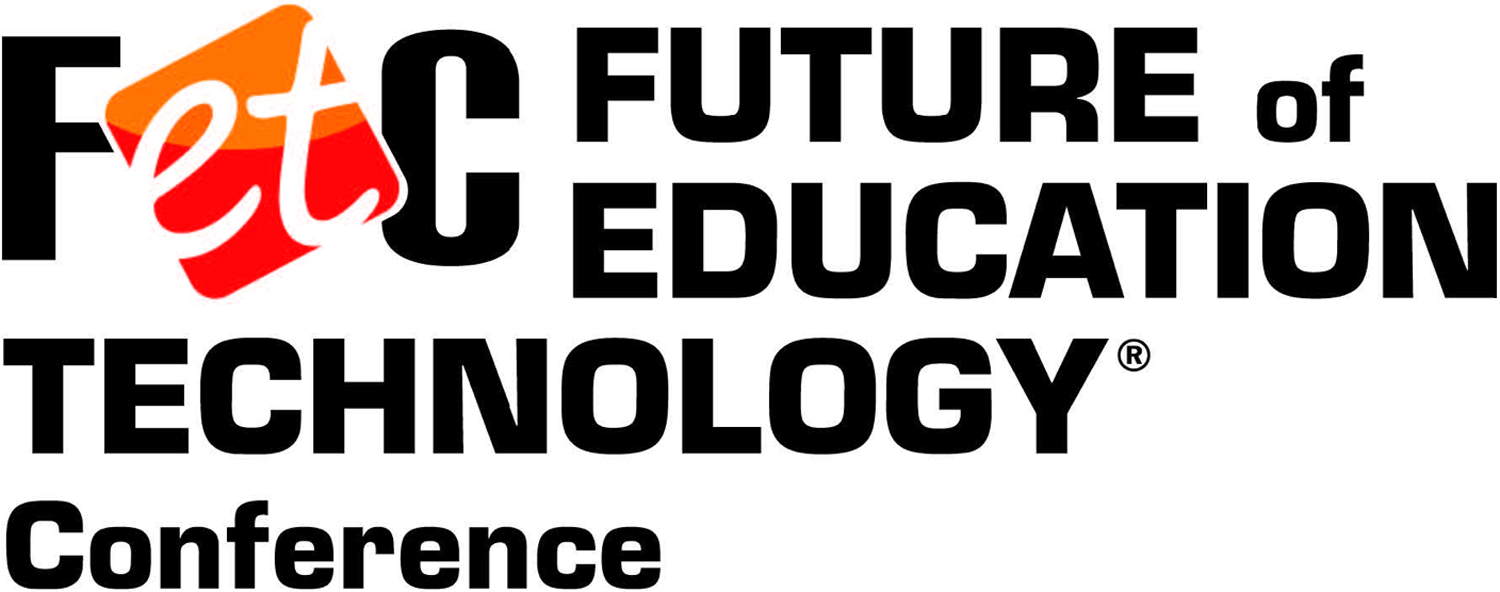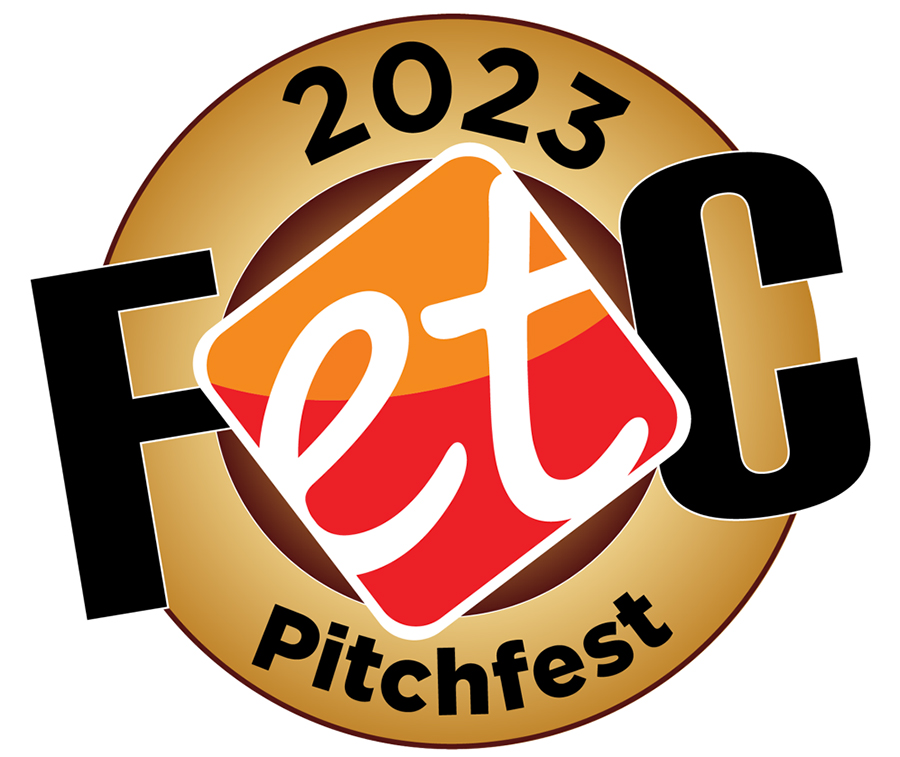(Conferencing) The Future of Education Technology

AI, VR, XR, SEL, AR, ML, and BCI were among some of the acronyms to fill the halls at the recent Future of Education Technology Conference, or FETC, that I recently attended in New Orleans, LA. Granted, given the powerful title of this event, I was desperately seeking the next big thing(s) that the market could not live without. Despite the disruption eruption and acceleration celebration of new technologies that lay claim to such, including whiz-bang, non-acronym-based innovations that simply solve problems by doing things better, faster, and/or less expensively in the Education Technology space, I walked away with more questions than answers.
One of the most exciting aspects of innovation is its promise of a better future. That promise may mean improved efficiencies, lowered costs, saved time, and/or better results, to name a few benefits.
Some key questions that came to mind in speaking with AI-inclusive thinking EdTech entrepreneurs include: Assuming improved efficiencies due to AI, where specifically does that trickle down to instructor benefits like saved time, and/or add learner-centric value? Can AI help advance and authenticate true learner assessment? How can AI be utilized to efficiently support critical college and/or workforce readiness skill development in curricula? Will AI change the playing field for the future of work, specifically with existing and yet-to-be-created jobs as well as the skills and qualifications necessary for those jobs?

One of the most exciting aspects of innovation is its promise of a better future. That promise may mean improved efficiencies, lowered costs, saved time, and/or better results, to name a few benefits. At the end of the day, solving for improved results to a particular process, function or key objective is the driver behind most scalable solutions.
As a recently exited EdTech Founder/CEO, I would often prod myself with a standard set of hardened questions to see if I was on a scalable, purpose-driven path or, conversely, was drinking my own Kool Aid. I call it the “EdTech Entrepreneur’s Rubric.” It includes: What are the measurable learning outcomes of said innovation-solution? How different is it from anything on the market? How will those, that are intended to benefit from this solution, not be able to live without it (testing product market fit)? And, is this innovation truly scalable?
A similarly sobering question I like to ask soon-to-be, or newly minted, entrepreneurs is “Are you solving for a big enough problem?” with an emphasis on the “big enough” part. And, by that I’m not talking about a percentage of a percentage of the total addressable market, or TAM. In other words, is there an extreme and urgent demand from the market now, or in the near future, that will result in selling products or services faster than you can keep up with?
There was no shortage of innovations using tech to solve big enough problems at the conference. Some that stood out included new a/synchronous solutions supporting much needed, non-politicized social emotional learning in the classroom; improved processes and methods for student tutoring, addressing learning loss, and supporting educator and professional credentialing; and, using XR technologies to better upskill and train learners for the future of work, to name a few.
About the Author